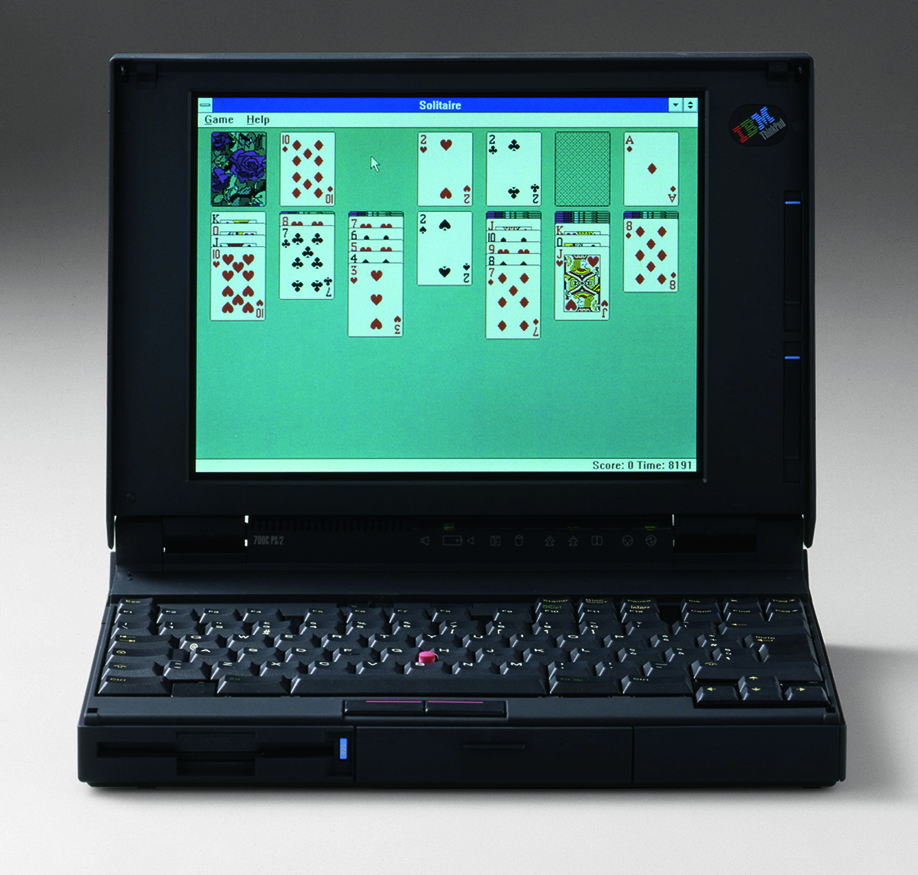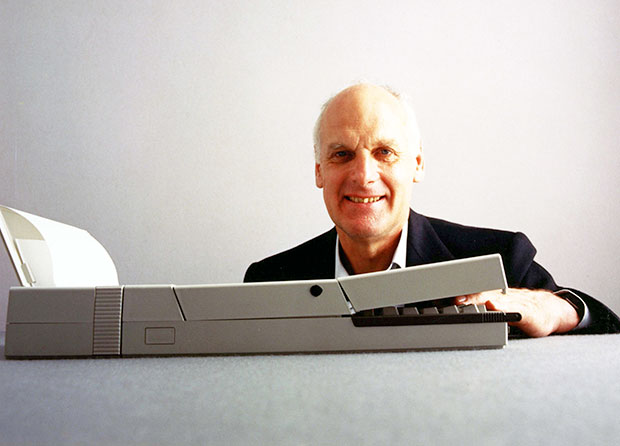
'Good design should look like this' - Richard Sapper
The late, great designer on how a humble teddy bear inspired his design for the IBM ThinkPad
When, in the early 1990s, the esteemed German designer Richard Sapper came to design IBM’s leading laptop line, The ThinkPad, he chose not to stress the product’s technical qualities. Why was that?
Sapper understood the ThinkPad’s digital capabilities perfectly well, having worked on high-tech goods for the past four decades. However, the great designer, whose lamps, radios and espresso machines live on in tastefully furnished homes and design-museum collections across the world, saw how, in prizing functionalism, you sometimes lose a simple sense of interest that is always present in more lowly products Here’s how he put it in our new monograph.
“To create a product that is not functional is useless,” the designer explained. “If the design doesn’t work, if it doesn’t respect its function, then it is a mistake. But if a product is only functional, and it doesn’t have some formal expression that awakes your interest when you look at it, and that helps in creating a human relation between you and the product, then it’s not a good design. I think that a good design must have this property of awaking the interest of the person who looks at it, or keeps it in his hand, or smells it, or whatever he does with the object. This effect can create a relationship between an object and a person.”

In Sapper’s view, one of our earliest childhood possessions remains one of the most instructive. “The best example of this is a teddy bear,” he goes on. “A teddy bear is also a product, but it creates a very close relationship between its owner and the product. A child who owns a teddy bear loves the teddy bear, and that's almost the same as what happens with any thing that you possess that becomes part of your life, and that is what a designer should aim for.
“With the ThinkPad I wanted to create a volume that was as simple as possible and as expressive as possible. And I thought that the form of a cigar box, which at that time also corresponded to the dimensions that a laptop computer had to have, would be an expression of this. I wanted to make an object that looked like a black cigar box that on the outside shows nothing of what it is, except for the logo of the manufacturer. Then, when you open it, you would see that this is not a cigar box, but it is a computer, and you see all the complicated stuff that’s inside, and that would create a surprise. And this is the basic concept of the ThinkPad.”
The childlike intimacy of a soft toy, and the adult pleasure of fine tobacco might not be the first qualities one thinks of when considering laptop computers. Though that, for this design genius, was the whole point.

For more on Richard Sapper’s work, from computers to graters to TVs and motorbikes buy our new book, Richard Sapper. It looks at how the designer developed and designed a wide variety of products, ranging from ships and cars, to computers and electronics as well as furniture and kitchen appliances. His clients included Alessi, Artemide, B&B Italia, Brionvega, FIAT, Heuer, Kartell, Knoll, IBM, Lenovo, Lorenz Milano, Magis, Molteni, Pirelli and many others. This investigation of Sapper's work, based on over forty hours of interviews with the designer Jonathan Olivares, studies his objects, the circumstances that shaped them and the resulting ideals that emerge. Buy Richard Sapper here.